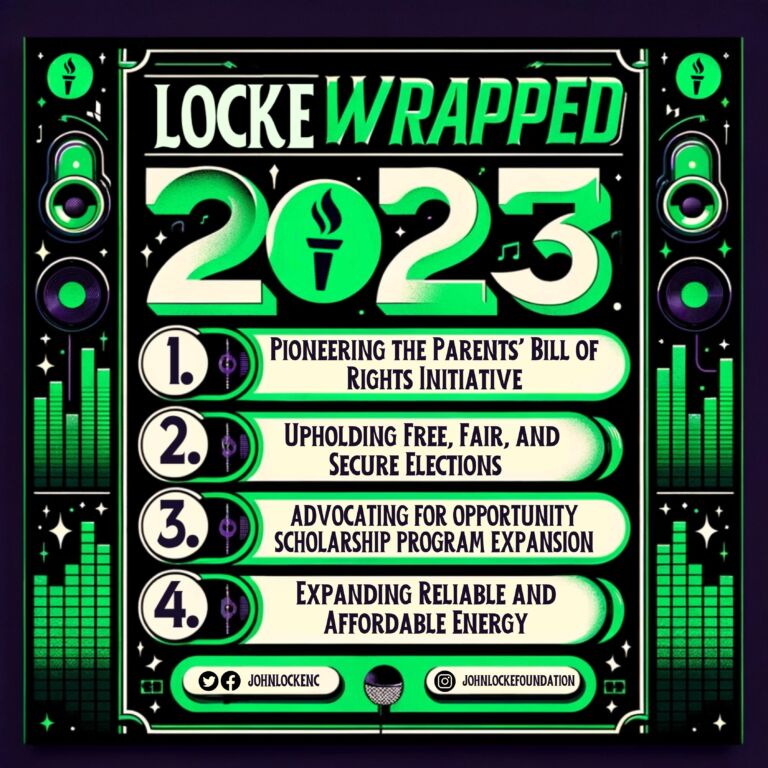WRAL has a news story out now about North Carolina’s surging film industry. I wrote about the same subject two months ago. Here’s what I had to say about it:
Supposedly the hero of this story is the state’s film grant program. But a closer look at the numbers would show that the real hero has been North Carolina all along. “Several features make North Carolina an attractive location for filming,” we have long noted. “It offers a diverse climate, rural to urban landscapes, mountainous to coastal terrain, a cornucopia of settings, and a good production infrastructure. It’s also a right-to-work state with competitive wages and cost of living.”
In fact, the numbers announced fall right in line with the findings of economic research that called for a very limited if any film incentive program. …
So this brings us back to this year’s banner year versus the previous high of 2012. How much did the state give in film tax credits in 2012 for $373 million in investment related to the film industry?
The answer: $84.8 million, per the North Carolina Department of Revenue.
What about this year, for $409 million in investment? Thanks to the General Assembly converting in 2014 the open-ended Film Production Tax Credits to a budgeted Film and Entertainment Grant, North Carolina has not spent as much on film incentives. The annual budget for the Film and Entertainment Grant is capped at $31 million.
The cap means that even though North Carolina exceeds Bradbury’s level limit of rebating 10% to qualifying film productions (our level is 25%, with maximum credit limits), the overall limit is keeping the state from losing more money on a revenue-losing money transfer than otherwise. Again, Bradbury’s level was just on how to grow the film industry, not grow the state’s economy (something film incentives can’t do).
Still, having a cap on the film grant hasn’t harmed film production in North Carolina. That’s for the simple reason that film production in North Carolina was never a product of government incentives.
That last paragraph is something media reports on North Carolina’s film history almost never mention. It’s as if reporters want to leave readers with the misimpression that if it weren’t for film incentives, North Carolina wouldn’t have a film industry.
The truth is, North Carolina was “Hollywood East” for decades before policymakers decided to adopt film incentives.
Citing films made before incentives, but without telling you that last bit
Most if not all of your favorite “North Carolina movies” were probably made before film incentives, though you might not know it. I wrote about this calculated lack of reporting under the heading, “They probably expect you don’t know we didn’t have film incentives until 2005.” I used to break down articles’ listing of “North Carolina films” with whether they received incentives. Almost all of the films listed would be before incentives.
What about WRAL’s new piece?
Here’s the lede:
North Carolina’s link to Hollywood dates back more than 60 years, to the filming of “Davy Crocket, King of the Wild Frontier.” Since then, other blockbusters have followed, like “Bull Durham,” “Talledega Nights,” “Forrest Gump” and “Iron Man 3.” …
Of those movies:
- “Davy Crocket, King of the Wild Frontier” (1955) — before film incentives
- “Bull Durham” (1988) — before film incentives
- “Talledega Nights” (2006) — made just as film incentives started but does not appear to have received any
- “Forrest Gump” (1994) — before film incentives
- “Iron Man 3” (2013) — $20 million in film incentives


